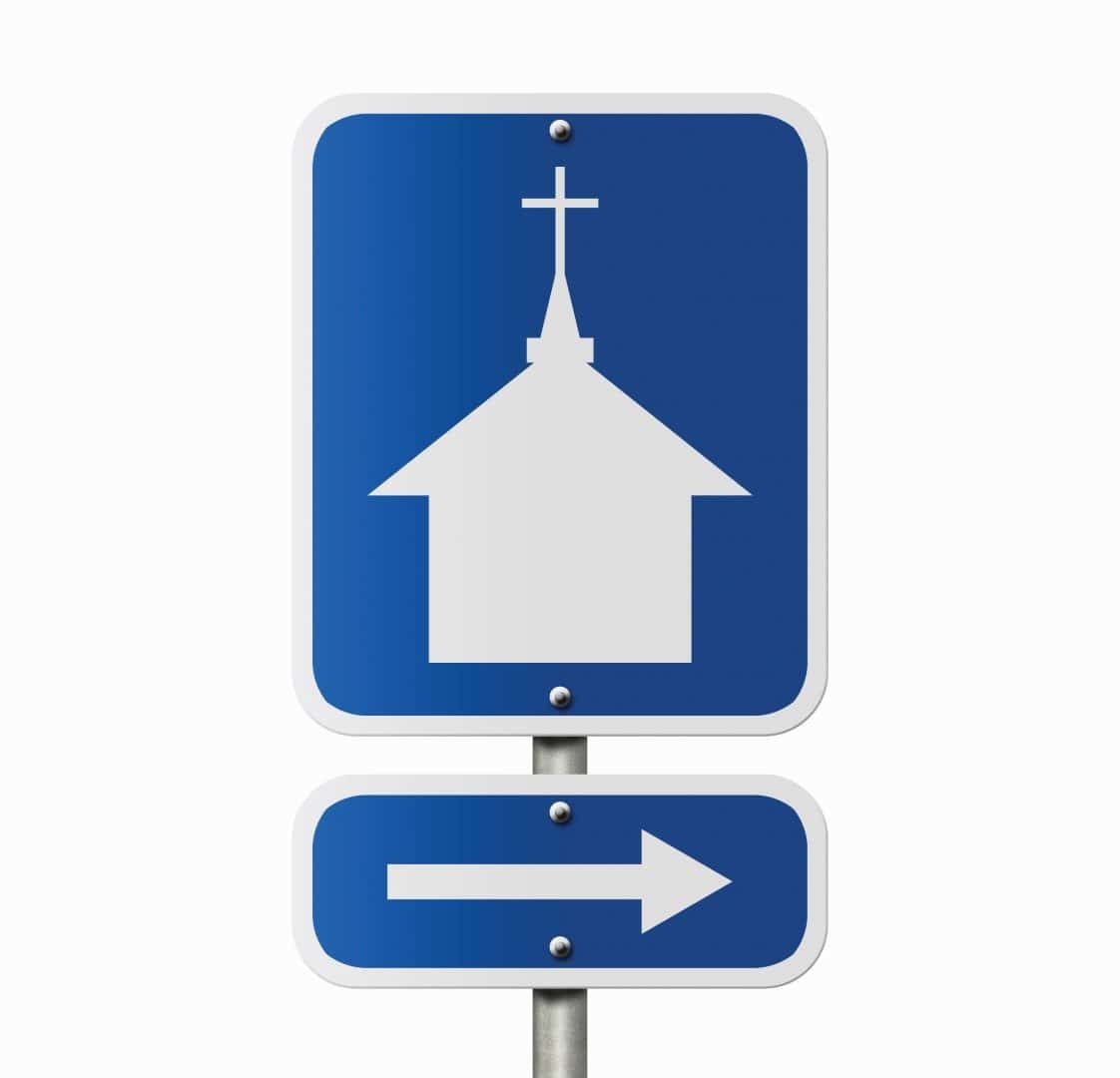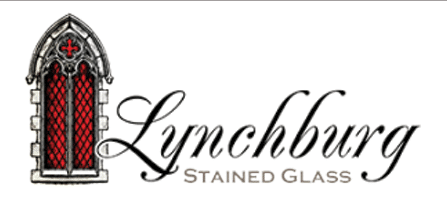By Melanie Smollen
My husband was leading worship at a church I had never been to before. I planned to join him and attend the later service. When I arrived, I had no idea what door to enter, and I ended up walking in a side door that opened right up into the sanctuary while the early service was still happening. That was pretty embarrassing, and it’s something I’ve never forgotten.
No one likes to feel lost. Churches often forget what it’s like to be new and, over time, assume that everyone knows where to go. The truth is that’s often not the case at all.
Whether you’re an established church, in the process of building, or adding on to your existing building, you need to look at your church layout and signage through the lens of a guest.
1. On the Outside
Exterior signs should be welcoming and provide clarity around what and where. Your main sign should have pertinent information, such as the name of the church, service times, and web address and, if there is room, an invitation such as “Join Us for Worship.”
2. Lose the Don’ts
Things like “No skateboarding” or “Church parking for members only” doesn’t send a message of welcome to outsiders. One church we worked with sat in the backyard of a large college campus. They had a perfect opportunity to reach students except their parking lot had signs that said “No Student Parking.” Ironically, those lots sat mostly empty all week long and they had very few college students attending their church. If you must post signs like that, find a way to turn a negative message into a positive one.
3. Parking Signs
For churches in larger cities, parking can be a challenge. If your church provides a free parking lot or will validate parking for a nearby garage, make sure that is communicated to guests on your website and in signage at the church. If you can’t have permanent signage, put up temporary signs that you can take down after the service.
4. Which Door?
We read so often about the struggle a guest has trying to figure out which is the right door to go through to get to the main part of the church.
Things like that can be avoided by having signs that clearly mark your main entrance into the church. Weather permitting, open your doors and have greeters stand outside to welcome people.
5. On the Inside
We’re all humans, and, admittedly, I’ve missed seeing a sign that was right in front of my face. Make sure that you have adequate signs inside the church at every entrance that will help a guest navigate to where they need to be.
Interior signs should provide direction to all essential areas (sanctuary, restrooms, offices, nursery/child care area, etc.) of the church. All of your signs, whether interior or exterior, should be clear and readable from a distance and up close.
6. Language Matters
Churches are known for naming ministries things a guest wouldn’t understand. While the names are certainly catchy, guests are often left clueless about what it is. If you want to increase participation in these ministries, then you should ensure that the content on your signs actually communicates to a guest what they mean.
7. Outreach
If nothing else, your signs can work as a form of indirect outreach. There’s a high probability that unchurched people in your community drive by your church and see your sign every single day. People respond to invitations. It wouldn’t be unheard of for someone to accept your sign’s invitation and come for a visit next Sunday.
If you’ve been attending your church for a while, you may not feel that more signs are necessary, but the truth is those signs aren’t for you. They’re for the people you are trying to reach. Before we can address someone being lost in the spiritual sense, we should first get them to the right place in the physical sense.
Melanie Smollen is president of of Faith Perceptions, a market research firm that provides churches and faith-based organizations with research about their target market, www.faithperceptions.com.
Pullquotes
“I saw no signs directing us to the service. If we had not encountered a gentleman going the same direction, I would have gone in circles and surely gotten lost.”
“Parking was difficult as there was no signage or directions or guidance, so I had to park on the street and pay the meter. Turns out, this particular church offered a free lot, but only people who were regular attendees knew about it.”
“I wasn’t sure which door was the main door since none of them were marked. I ended up coming in a door that led me all around the church before I found where the service was.”














